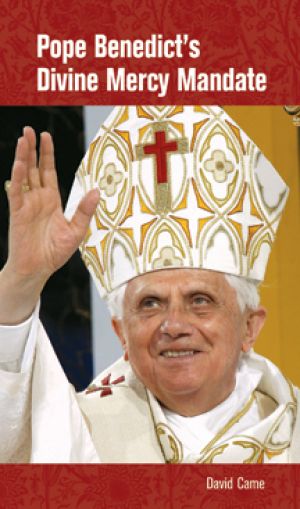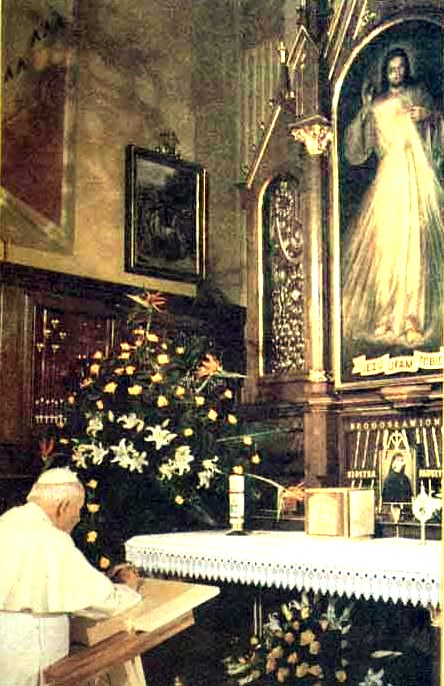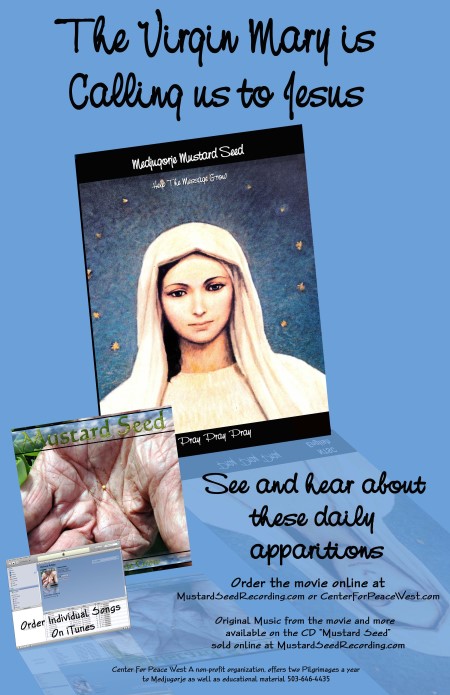What Does the Pope Say
Pope John Paul II knew the visions and messages of Christ received by St. Faustina were private revelations. The Church’s doctrine of Divine Mercy are based on Holy Scripture, the faith handed down by the apostles. St. Faustina’s revelations add nothing new. The “Divine Mercy Sunday” was not established to commemorate St. Faustina’s mystical experiences. No one is required on Mercy Sunday, to pray the Chaplet of Divine Mercy, or venerate the image of the Divine Mercy.
However, Pope John Paul II, has strongly encouraged the whole, universal Church, on several occasions, to pay heed to the messages and revelations given to St. Faustina as a special call to our time to turn back to the God of merciful love, the Pope has also recommended both the image and the chaplet as helpful means to that end. “There is nothing that man needs more than Divine Mercy–that love which is benevolent, which is compassionate, which raises man above his weakness to the infinite heights of the holiness of God. “In this place we become particularly aware of this. From here, in fact, went out the message of Divine Mercy that Christ Himself chose to pass on to our generation through Blessed Faustina. “And it is a message that is clear and understandable for everyone. Anyone can come here, look at this image of the merciful Jesus, His Heart radiating grace, and hear in the depths of his own soul what Blessed Faustina heard: ‘Fear nothing. I am with you always’ (Diary, 586). “And if this person responds with a sincere heart, ‘Jesus, I trust in you,’ he will find comfort in all his anxieties and fears.”
From the Holy Father, Mercy Sunday, 2001 Homely:
“It is a great joy for me to be able to join all of you, dear pilgrims and faithful who have come here from various nations to commemorate, after one year, the canonization of Sr Faustina Kowalska, witness and messenger of the Lord’s merciful love. The elevation to the honors of the altar of this humble religious is not only a gift for Poland, but for all humanity. Indeed the message she brought is the appropriate and incisive answer that God wanted to offer to the questions and expectations of human beings in our time, marked by terrible tragedies. Jesus said to Sr. Faustina one day:‘Humanity will not have peace until it turns with trust to Divine Mercy’ (Diary, 300). Divine Mercy! This is the Easter gift that the Church receives from the risen Christ and offers to humanity at the dawn of the third millennium.…
“Today the Lord also shows us His glorious wounds and His heart, an inexhaustible source of light and truth, of love and forgiveness…. St. Faustina saw coming from this Heart that was overflowing with generous love, two rays of light which illuminated the world. ‘The two rays,’ according to what Jesus Himself told her, ‘represent the blood and the water’ (Diary, 299). The blood recalls the sacrifice of Golgotha and the mystery of the Eucharist; the water, according to the rich symbolism of the Evangelist St. John, makes us think of Baptism and the Gift of the Holy Spirit (cf. Jn 3:5; 4:14). “Through the mystery of this wounded heart, the restorative tide of God’s merciful love continues to spread over the men and women of our time. Here alone can those who long true and lasting happiness its secret.”
.
Rather than attributing the popularity of the Divine Mercy devotion to Pope John Paul II, Pope Benedict XVI seems to attribute the greatness of Pope John Paul II to his devotion to Divine Mercy. “Jesus Christ is divine mercy in person: Encountering Christ means encountering the mercy of God,” said Pope Benedict.
“The mercy of Christ is not a cheap grace; it does not presume a trivialization of evil. Christ carries in his body and on his soul all the weight of evil, and all its destructive force. He burns and transforms evil through suffering, in the fire of his suffering love.” In a visit with the sick Pope Benedict embraced not just the message of Divine Mercy, but the specific devotion popularized by St. Faustina. The image the devotion promotes is a portrait of Jesus with rays of light emanating from his heart.
The words “Jesus, I trust in you” are inscribed below. Pope Benedict told the sick people, “You who say in silence: ‘Jesus, I trust in you’ teach us that there is no faith more profound, no hope more alive and no love more ardent than the faith, hope and love of a person who in the midst of suffering places himself securely in God’s hands.”
The Church grants an indulgence for participation in Mercy Sunday devotions. In his new document on the Eucharist, Pope Benedict recommends such indulgences, but emphasizes that the sacraments of confession and the Eucharist are the most important aspects of them. Finally, Pope Benedict used Divine Mercy to sum up our Christian lives. “To understand and accept God’s merciful love: May this be your commitment, first of all in your families and then in every neighborhood.” This Mercy Sunday is a good day to start.
Learn More about St Faustina
The Marian’s of the Immaculate Conception. This is the official web site for information on the Divine Mercy.
EWTN Background on Divine Mercy
The Congregation of the Sisters of Our Lady of Mercy
Online copy of St. Faustina’s Diary
Pope John Paul’s II Divine Mercy Sunday Homely
Donna Cori Gibson Sings The Divine Mercy I first heard Donna sing the Divine Mercy Chaplet and it brought tears to my eyes. It was through her music that I discovered The Divine Mercy. Please take the time to hear her musical ministry and her “Gold Arrow” mission. I highly recommend her music especially the Divine Mercy CD.



.jpg)

You must log in to post a comment.